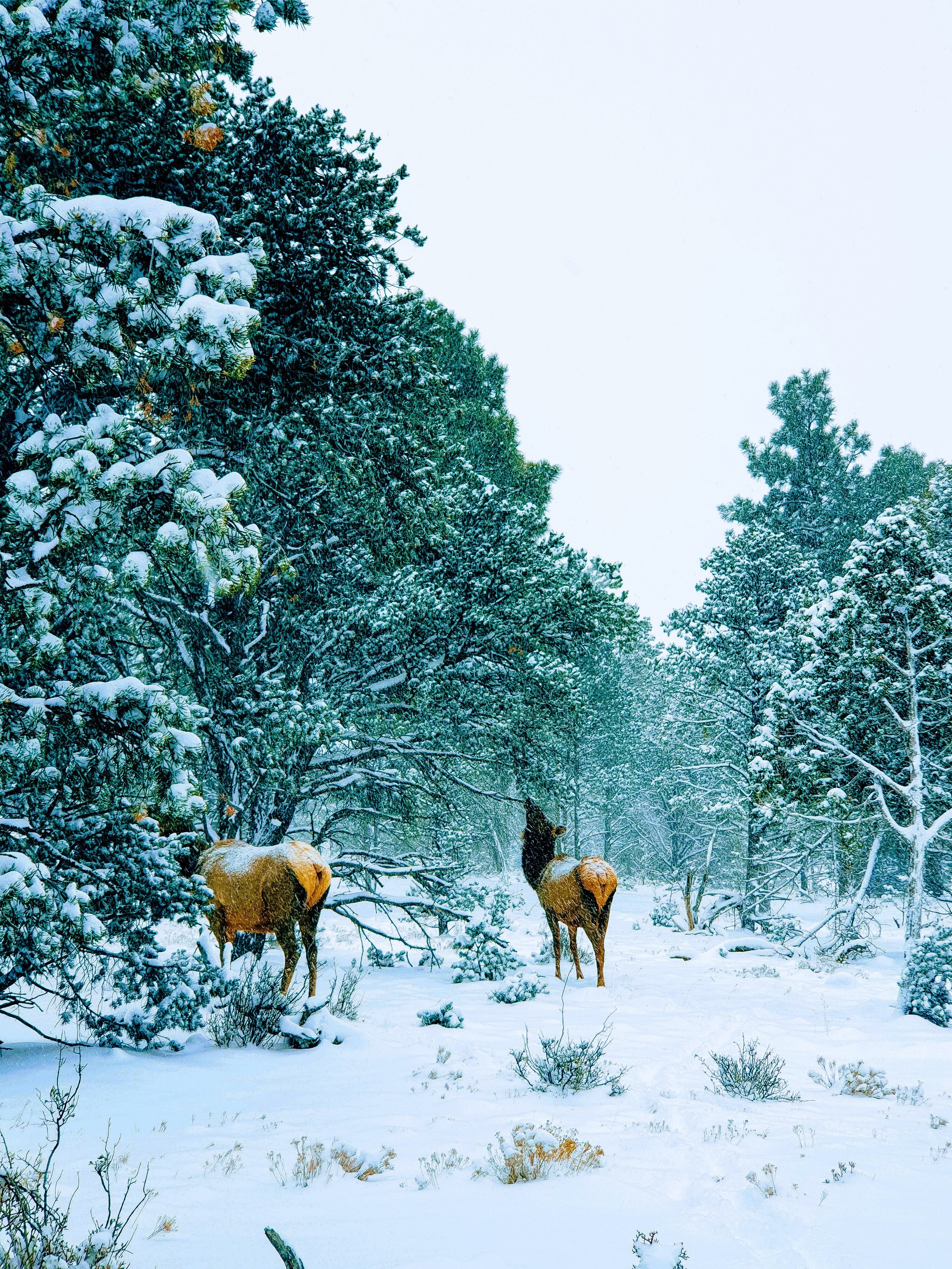Autumn Colours
In the Northern Hemisphere, September 23rd is the official start of Autumn. Nature has lots of ways to show us that a new season is upon us. Blackberries ripen on the vine, starlings murmurate in the evenings and morning frosts coat the ground. The most iconic sign of Autumn comes from the senescence of tree leaves.
Photo by Simon Matzinger on Unsplash
Senescence just refers to the failing of biological processes, linked to ageing. Most hardwoods are deciduous - they will drop their leaves in winter. As always in nature, there are exceptions: holm oak and holly are examples of hardwoods that keep their leaves while larch and dawn redwood are conifers that drop their needles. Trees drop their leaves because it’s easier for them to regrow them than to produce leaves that can withstand the extreme cold of winter. There are also deciduous hardwoods, such as oak and beech, that keep hold onto their dead leaves (known as marcescence). These dry leaves are thought to deter herbivores from eating the more nutritious twigs and buds.
Photo by Filbert Mangundap on Unsplash
Trees drop their leaves because it’s easier for them to regrow them than to produce leaves that can withstand the extreme cold of winter. Changes in temperature and the length of daylight trigger this process. With less daylight available, leaves find it harder to produce chlorophylls. These proteins responsible for photosynthesis absorb mostly blue and red light. Green light is absorbed the least of all, being reflected back as the colour we see during the Spring and Summer. As the green reflecting chlorophyll is reabsorbed into the tree, previously hidden pigments are revealed. Xanthophylls show up as yellow or brown and carotenes (from the Latin word for ‘carrot’) create oranges and reds. The sugars that remain in the leaves produce anthocyanins. Depending on the pH these can be red, purple or even blue. For truly spectacular colours, this process needs warm, bright days and cold nights.
Photo by Chris Lawton on Unsplash
The actual fall of Fall begins at the base of the leaf stalk (petiole) where a barrier (abscission zone) is created between the petiole and the branch. On the branch side, a protective layer of cork is formed. Trees then either use enzymes to break down the cell walls connecting the petiole to the branch or will fill cells in the abscission zone with water until they burst. The seasonal timing of when leaves actually fall is highly dependent on local conditions. If it’s windy, leaves are likely to drop earlier in the abscission process.



